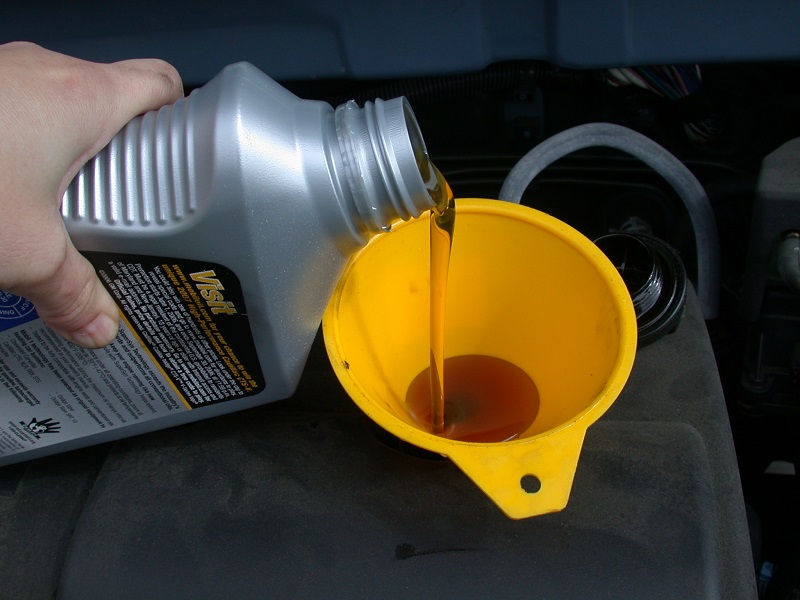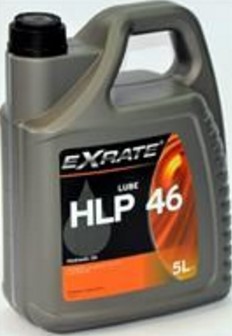Important informations about car motor oil
You know your car like the palm of your hand: its curves, its edges, how it is handled and what it likes. But perhaps we can all learn a little more about the small details of our vehicle, such as the type of oil you need to have complete protection and maximum engine performance. See the car motor oils guide that contains accurate information about oils and learns how to keep your car in optimum performance and efficiency.
Table of Contents
What Is a Car Motor Oil?
Previously, a car motor oil was just a mixture of a base oil and additives used to lubricate the engine parts, reduce friction, clean, cool and protect the engine.
In other words, synthetic modern car motor oils do much more than just lubricate. They are responsible for protecting the engine against wear and improving performance, in addition to providing complete protection to all moving parts.
Types of Car Motor Oils
Motor oil can be classified into four basic categories: synthetic, semi-synthetic, high-mileage and conventional oil.
- Synthetic Motor Oil
Synthetic motor oil is the result of a chemical engineering process. The molecules of the synthetic oil have a more uniform shape and contain fewer impurities than the molecules of conventional oils.
- Semi-Synthetic Motor Oil
Semi-synthetic motor oil incorporates a mixture of synthetic and conventional base oils to offer greater resistance to oxidation (compared to conventional oil), in addition to providing excellent properties at low temperatures.
- High Mileage Engine Oil
High mileage engine oil is specially designed for older vehicles or recent vehicles with more than 120,000 kilometers. Thanks to its incomparable formula and its unique additives, a high mileage oil can reduce the burning of oil and helps seal leaks that can occur in older engines.
- Conventional Motor Oil
The formulation of conventional car motor oils has a wide range of viscosity grades and quality levels. Conventional engine oil is recommended for drivers with simple motor cars and a regular driving style (compared to severe driving conditions).
Oil Grades Designations
Motor oils use an index developed by the Society of Automotive Engineers (SAE) to classify oil according to its viscosity. Fluids that are light (such as water) have a low degree of viscosity and thick fluids (such as honey) have a high degree of viscosity. The degree of viscosity of oil changes when it is heated or cooled.
Car motor oils of multigrade viscosity can be used over a wide range of temperatures. For an SAE 0W-20 oil, the “0” represents the viscosity index at low temperature (the “W” is “winter”), and the “20” represents the viscosity index at high temperature. A multigrade viscosity car motor oil flows correctly at low temperatures, in addition to protecting the motor at high temperatures.
For comparison purposes, SAE 5W-30 and SAE 0W-30 will flow better even at lower temperatures than SAE 10W-30 and will continue to provide protection at high temperatures.
Always consult the user’s manual to determine the specifications for the type of your car motor oil, the viscosity grade and the recommended oil change intervals for your vehicle.
A dual mass flywheel is divided into to two halves with springs embedded between them to dampen the variation in torque and the acceleration of the rotation. Click the link to read more information.


